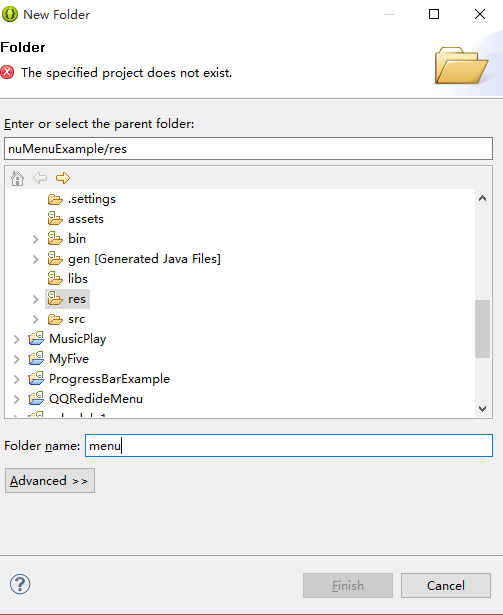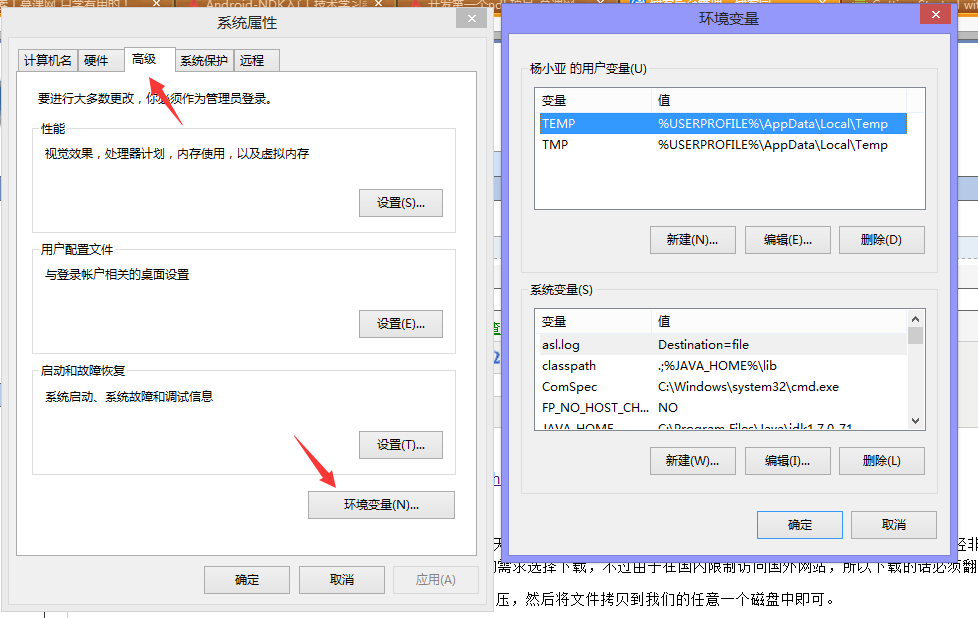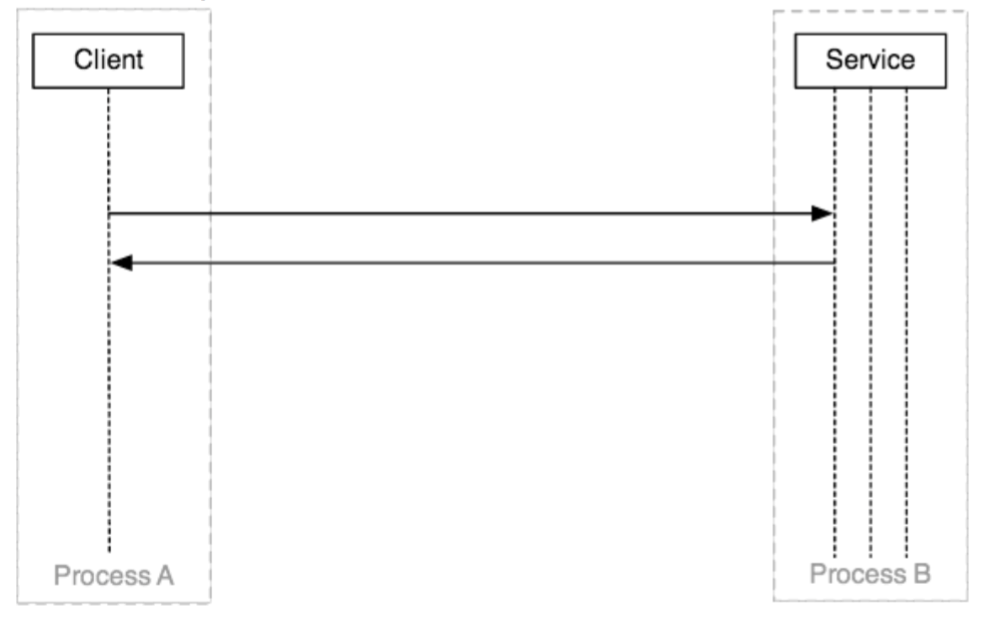編輯:關於android開發
<RelativeLayout xmlns:android="http://schemas.android.com/apk/res/android"
xmlns:tools="http://schemas.android.com/tools"
android:layout_width="match_parent"
android:layout_height="match_parent"
android:orientation="vertical" >
<Button
android:id="@+id/btn_battery"
android:layout_width="match_parent"
android:layout_height="wrap_content"
android:text="獲取電池的信息" />
<TextView
android:id="@+id/tv_battery"
android:layout_width="match_parent"
android:layout_height="wrap_content"
/>
</RelativeLayout>
package com.example.yanlei.yl;
import android.content.BroadcastReceiver;
import android.content.Context;
import android.content.Intent;
import android.content.IntentFilter;
import android.os.BatteryManager;
import android.os.Bundle;
import android.support.v7.app.AppCompatActivity;
import android.view.View;
import android.view.View.OnClickListener;
import android.widget.Button;
import android.widget.TextView;
public class MainActivity extends AppCompatActivity {
// 定義電池信息的按鈕
private Button btnBattery;
// 定義顯示電池信息的textview
private TextView tvBattery;
@Override
public void onCreate(Bundle savedInstanceState) {
super.onCreate(savedInstanceState);
setContentView(R.layout.activity_main);
// 得到布局中的所有對象
findView();
// 設置對象的監聽器
setListener();
}
private void findView() {
// 得到布局中的所有對象
btnBattery = (Button) findViewById(R.id.btn_battery);
tvBattery = (TextView) findViewById(R.id.tv_battery);
}
// 設置對象的監聽器
private void setListener() {
btnBattery.setOnClickListener(listener);
}
OnClickListener listener = new OnClickListener() {
@Override
public void onClick(View v) {
// TODO Auto-generated method stub
switch (v.getId()) {
// 當前的音量
case R.id.btn_battery:
IntentFilter filter = new IntentFilter();
filter.addAction(Intent.ACTION_BATTERY_CHANGED);
registerReceiver(mBroadcastReceiver, filter);
break;
}
}
};
// 聲明廣播接受者對象
private BroadcastReceiver mBroadcastReceiver = new BroadcastReceiver() {
@Override
public void onReceive(Context context, Intent intent) {
// TODO Auto-generated method stub
String action = intent.getAction();
if (action.equals(Intent.ACTION_BATTERY_CHANGED)) {
// 得到電池狀態:
// BatteryManager.BATTERY_STATUS_CHARGING:充電狀態。
// BatteryManager.BATTERY_STATUS_DISCHARGING:放電狀態。
// BatteryManager.BATTERY_STATUS_NOT_CHARGING:未充滿。
// BatteryManager.BATTERY_STATUS_FULL:充滿電。
// BatteryManager.BATTERY_STATUS_UNKNOWN:未知狀態。
int status = intent.getIntExtra("status", 0);
// 得到健康狀態:
// BatteryManager.BATTERY_HEALTH_GOOD:狀態良好。
// BatteryManager.BATTERY_HEALTH_DEAD:電池沒有電。
// BatteryManager.BATTERY_HEALTH_OVER_VOLTAGE:電池電壓過高。
// BatteryManager.BATTERY_HEALTH_OVERHEAT:電池過熱。
// BatteryManager.BATTERY_HEALTH_UNKNOWN:未知狀態。
int health = intent.getIntExtra("health", 0);
// boolean類型
boolean present = intent.getBooleanExtra("present", false);
// 得到電池剩余容量
int level = intent.getIntExtra("level", 0);
// 得到電池最大值。通常為100。
int scale = intent.getIntExtra("scale", 0);
// 得到圖標ID
int icon_small = intent.getIntExtra("icon-small", 0);
// 充電方式: BatteryManager.BATTERY_PLUGGED_AC:AC充電。 BatteryManager.BATTERY_PLUGGED_USB:USB充電。
int plugged = intent.getIntExtra("plugged", 0);
// 得到電池的電壓
int voltage = intent.getIntExtra("voltage", 0);
// 得到電池的溫度,0.1度單位。例如 表示197的時候,意思為19.7度
int temperature = intent.getIntExtra("temperature", 0);
// 得到電池的類型
String technology = intent.getStringExtra("technology");
// 得到電池狀態
String statusString = "";
// 根據狀態id,得到狀態字符串
switch (status) {
case BatteryManager.BATTERY_STATUS_UNKNOWN:
statusString = "unknown";
break;
case BatteryManager.BATTERY_STATUS_CHARGING:
statusString = "charging";
break;
case BatteryManager.BATTERY_STATUS_DISCHARGING:
statusString = "discharging";
break;
case BatteryManager.BATTERY_STATUS_NOT_CHARGING:
statusString = "not charging";
break;
case BatteryManager.BATTERY_STATUS_FULL:
statusString = "full";
break;
}
//得到電池的壽命狀態
String healthString = "";
//根據狀態id,得到電池壽命
switch (health) {
case BatteryManager.BATTERY_HEALTH_UNKNOWN:
healthString = "unknown";
break;
case BatteryManager.BATTERY_HEALTH_GOOD:
healthString = "good";
break;
case BatteryManager.BATTERY_HEALTH_OVERHEAT:
healthString = "overheat";
break;
case BatteryManager.BATTERY_HEALTH_DEAD:
healthString = "dead";
break;
case BatteryManager.BATTERY_HEALTH_OVER_VOLTAGE:
healthString = "voltage";
break;
case BatteryManager.BATTERY_HEALTH_UNSPECIFIED_FAILURE:
healthString = "unspecified failure";
break;
}
//得到充電模式
String acString = "";
//根據充電狀態id,得到充電模式
switch (plugged) {
case BatteryManager.BATTERY_PLUGGED_AC:
acString = "plugged ac";
break;
case BatteryManager.BATTERY_PLUGGED_USB:
acString = "plugged usb";
break;
}
//顯示電池信息
tvBattery.setText("電池的狀態:" + statusString
+ "\n健康值: "+ healthString
+ "\n電池剩余容量: " + level
+ "\n電池的最大值:" + scale
+ "\n小圖標:" + icon_small
+ "\n充電方式:" + plugged
+ "\n充電方式: " + acString
+ "\n電池的電壓:" + voltage
+ "\n電池的溫度:" + (float) temperature * 0.1
+ "\n電池的類型:" + technology);
}
}
};
@Override
protected void onPause() {
super.onPause();
// 解除注冊監聽
unregisterReceiver(mBroadcastReceiver);
}
}
 我的android學習經歷33,android學習經歷33
我的android學習經歷33,android學習經歷33
我的android學習經歷33,android學習經歷33在Activity中添加菜單 1.在res目錄下新建文件夾menu 右擊res,選擇n
 Android NDK開發初識,androidndk初識
Android NDK開發初識,androidndk初識
Android NDK開發初識,androidndk初識 神秘的Android NDK開發往往眾多程序員感到興奮,但又不知它為何物,由於近期開發應用時,為了是開發的.a
 Android提高21篇之二十:MediaPlayer播放網絡音頻
Android提高21篇之二十:MediaPlayer播放網絡音頻
以前曾經地介紹過MediaPlayer的基本用法,這裡就深入地講解MediaPlayer的在線播放
 Android Binder機制介紹,androidbinder機制
Android Binder機制介紹,androidbinder機制
Android Binder機制介紹,androidbinder機制做過Android開發的同學可能有些體會,入門初期,工作內容主要是實現各式各樣的UI界面,以及實現應用